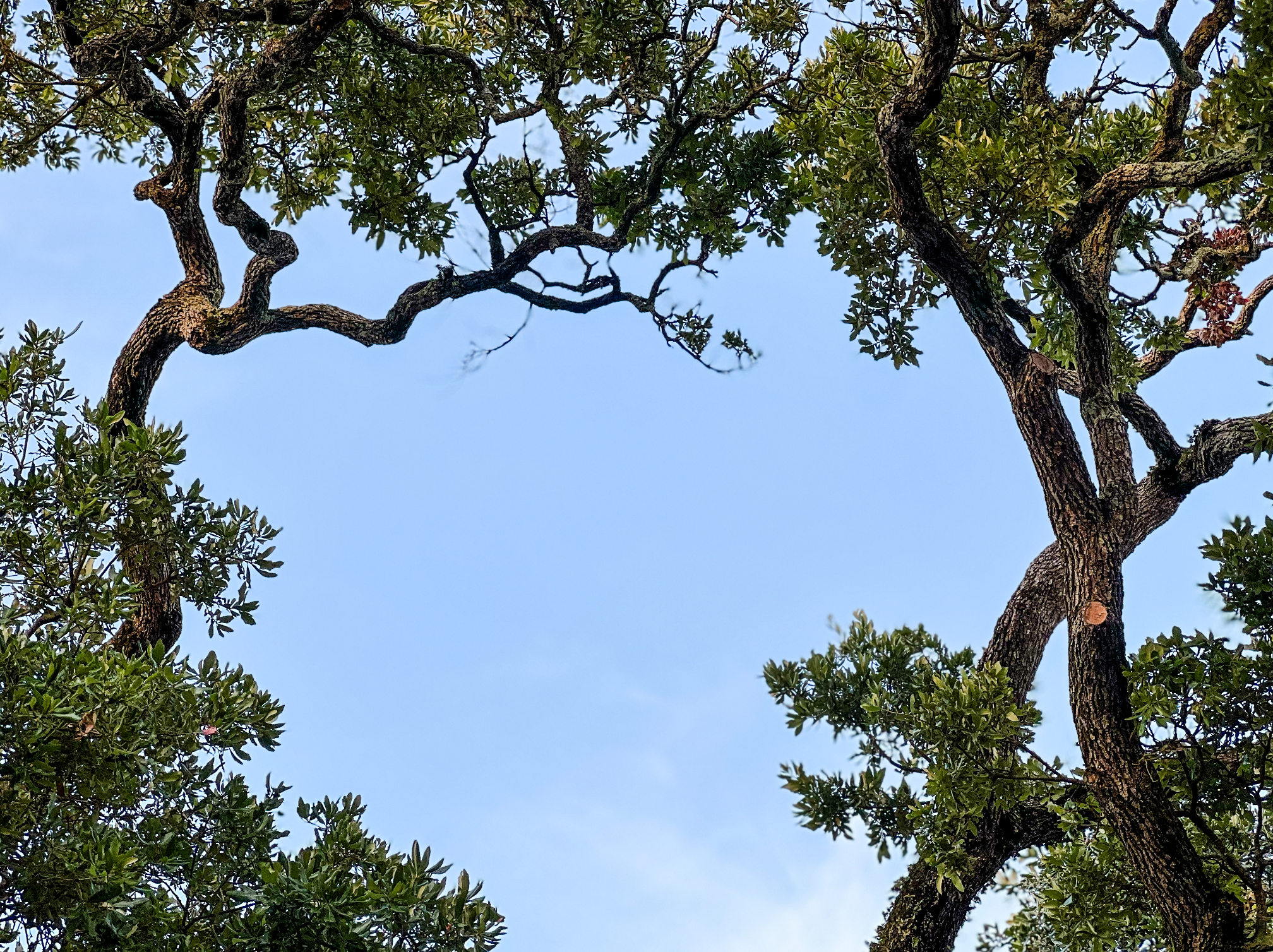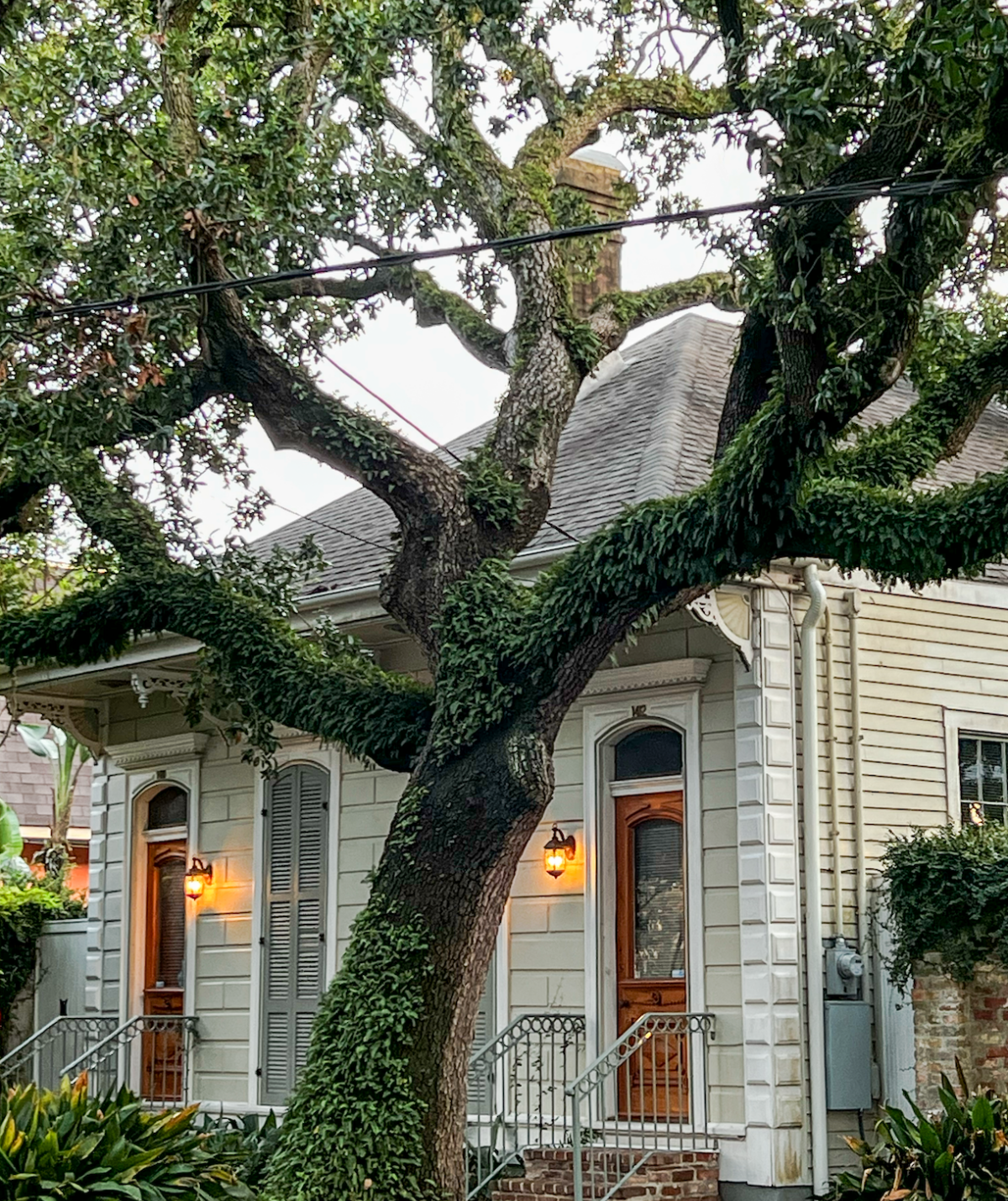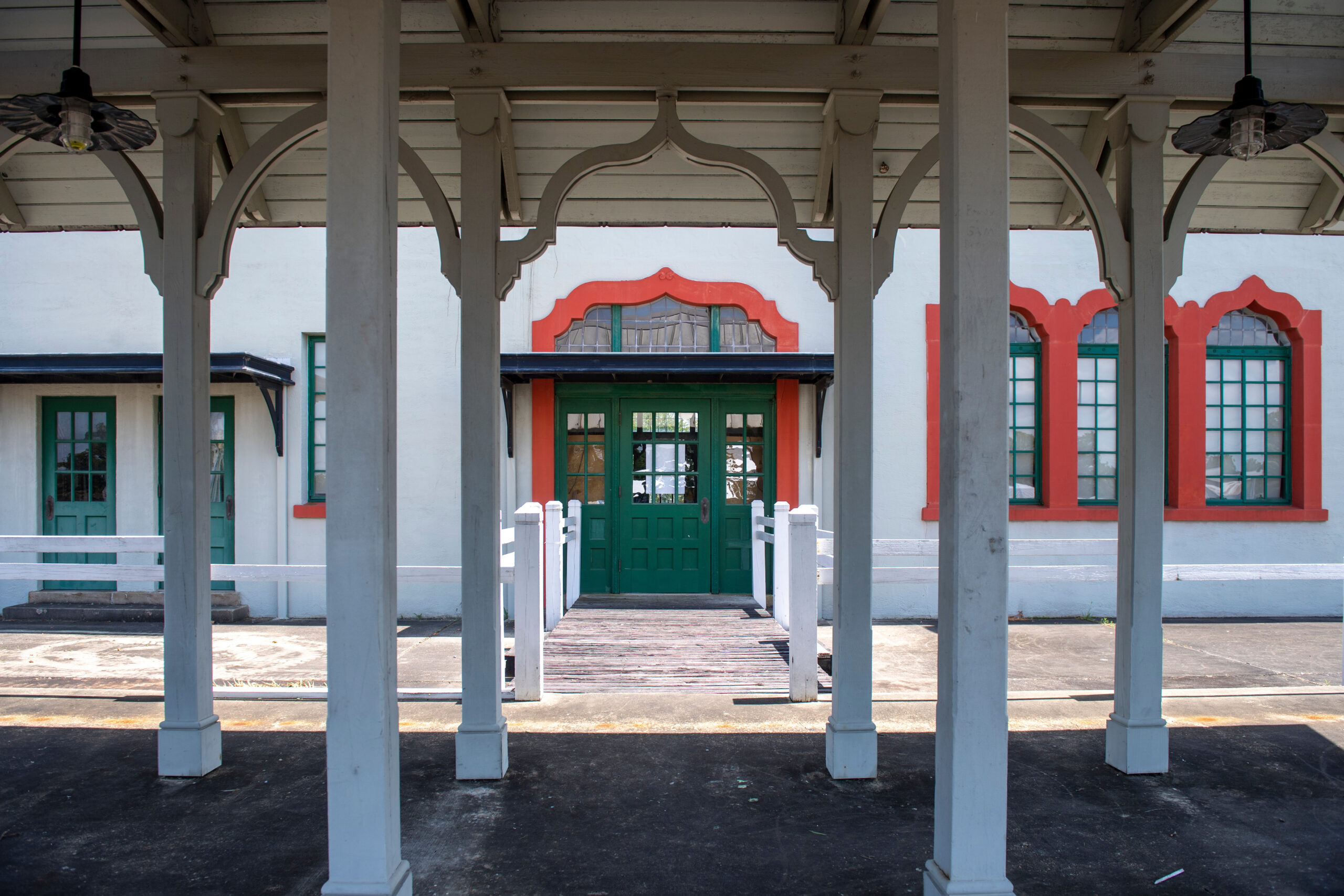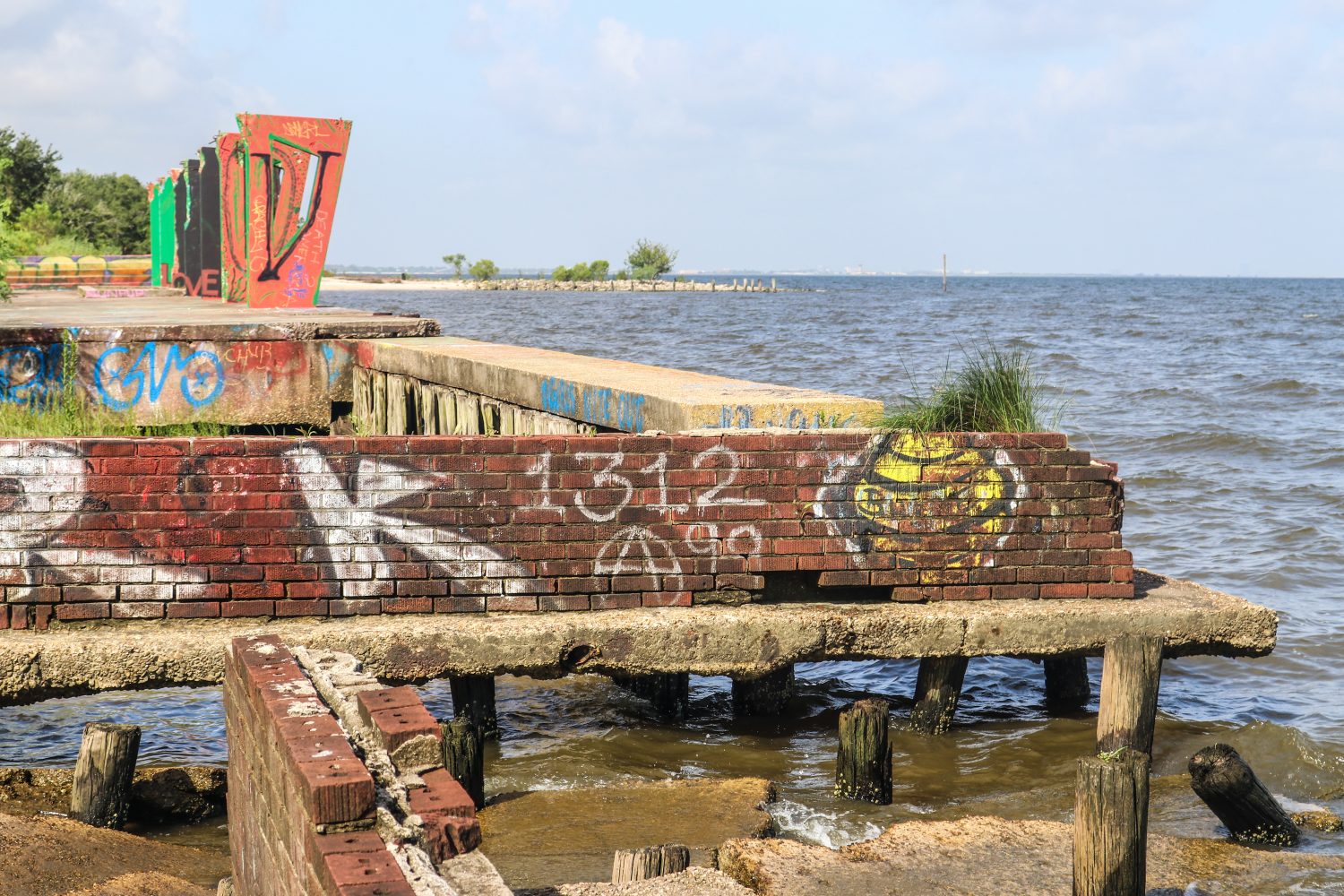This story appeared in the August/September issue of PRC’s Preservation in Print magazine. Interested in getting more preservation stories like this delivered to your door? Become a member of the PRC for a subscription!
Trees provide benefits that are plentiful and well-documented. To name a few: they remove pollutants from the air and stormwater runoff from the streets. They reduce our electricity bills and our blood pressure. And they give us pleasure.
Mature trees improve our air quality and provide flood control. Less well-documented are the cultural benefits mature trees can provide, as landmarks contributing to a sense of place and history.
For all their benefits, trees also require care. Sick or damaged trees can cause property damage as well as inflict injuries. In early July, a teenager was critically injured in Jackson Square when a large live oak branch snapped and fell on him.
New Orleans, a city especially vulnerable to excessive flooding and heat, does little to protect its mature trees, according to the authors of the City Planning Commission’s “Tree Preservation Study.”
The city loses trees in every major storm, on top of the 100,000 to 200,000 (estimates vary widely) lost in Hurricane Katrina. Yet New Orleans, according to the City Planning Commission’s report, lags behind in tree protection. “Compared with other cities, these regulations are fairly limited in their scope,” the CPC staff said.
Only trees on a public right-of-way, such as a neutral ground, are protected in New Orleans. The trees under Parks & Parkways’ domain cannot be taken down without a permit, and they must be replaced if harmed during construction.
Extending those protections to trees on private property was endorsed by the City Planning Commission in November 2020 as one of four recommendations in the study.
Photos by Liz Jurey
Tree protection measures for private property, though controversial, are becoming commonplace, according to the Arbor Day Foundation. The ordinances generally require a permit for property owners to remove a mature tree, as defined by its diameter, and often limit protections to specified heritage trees and specified areas. Most give green lights to removing dead trees and those deemed terminally diseased, hazardous or storm-felled.
New Orleanians need only look across parish lines to find examples.
Jefferson Parish created overlay districts to preserve the trees in Metairie Ridge and Old Metairie. Property owners within those districts cannot remove mature live oaks, elms, bald cypress (unless it’s within 15 feet of a building), Southern or sweetbay magnolias or sycamore trees — or any mature tree “that contributes to the canopy.”
If they do, they must replace the tree and pay fine. The original fines, the parish discovered, were not a strong enough deterrent for developers, so penalties were increased last year.
Mandeville has an ordinance that applies to all areas but is limited to one species. Live oaks cannot be cut down on private property anywhere in Mandeville, or the owner must replace it with a live oak of the same diameter.
The Southern region is full of other examples. Houston fines property owners who take down trees in a building’s setback, in a designated “green corridor” or on a list of trees found to be “of historical or arboricultural significance.” The CPC staff also examined similar tree-preservation ordinances in Miami, Atlanta, Austin, Charlotte, Savannah and Knoxville.
New Orleans’ Master Plan for 2030 directly addresses the city’s tree canopy, calling for “restoration and expansion of New Orleans’ urban forest to reach 50 percent tree canopy by 2030.” The second of four recommendations to achieve that goal is to “promote tree preservation and planting on private property,” although staff members state that preservation is harder to administer than planting.
A similar goal was backed by Mayor LaToya Cantrell when she joined 30 other mayors in July 2021 in signing the International Urban Nature Declaration from C40, a global network of nearly 100 mayors “united in action to confront the climate crisis.” The declaration calls for 30 percent to 40 percent of the city’s surface area to be green or permeable by 2030.
New Orleans has a long way to go; a 2021 study of 10 Southern cities cited by local nonprofit Save Our Urban Landscape (SOUL) found those cities’ tree canopies average about 40 percent. New Orleans has the skimpiest, at 18.5 percent.
The City Council furthered the goal in January when it backed a Reforestation Plan, developed by SOUL at the city’s request, that calls for planting thousands of trees a year in neighborhoods without a significant canopy.
Before voting for the resolution, District B Councilmember Lesli Harris said she wanted the plan to go further. “I had a neighbor who cut down a 100-year-old live oak that was on their property, and I almost chained myself to the tree because it was so upsetting to see,” she said. “I know that we can’t save trees on private property. But I hope that we can work with people so they can understand what trees do for us.”
An earlier version of this story first appeared in the Mid-City Messenger. It is republished here with permission.








